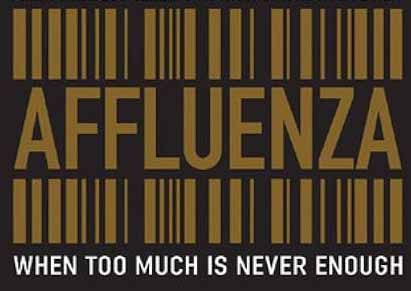“Trust us” is one of the riskiest phrases anyone can use. It may be even riskier to accept it. In workplaces, it is often the start of a relationship, but it can also be the start of betrayal. Part of the risk in starting any new job is that new employees must accept their introductions in good faith, and most introductions are handled by the Human Resources department but is that faith misplaced? Recently, one socialist journal from the United States (yes, the US has a socialist sub-culture …. for the moment), Jacobin, included an article about HR in its religion-themed edition (paywalled).
Category: workplace
World Day of Health and Safety – Climate Change
The need for occupational health and safety (OHS) to adapt to the changing (deteriorating) global climate has long been discussed. This discussion may spike later this month with this year’s World Day of Health and Safety theme, the somewhat fatalistic “Ensuring safety and health at work in a changing climate“. Rather than look closely at the ILO global report on this issue, clearer discussion may be found in the latest edition of HesaMag with its special report on “Workers and the climate challenge” from the European Trade Union Institute.
Is HR the problem or the solution?
Occupational health and safety (OHS) professionals often report to the Human Resources (HR) manager. This makes sense to those who create organisational and reporting structures, but it also implies that OHS is a subset of HR and that worker health and safety is a subsidiary of personnel management. OHS and HR have a tense relationship in workplaces and professionally, but modern work presents hazards and injuries that need a coordinated response.
To reach that point of cooperation, understanding, mutual respect, and the sharing of power, we need to try to understand what HR does.
The occupational context of burnout is largely missed in this new book about exhaustion
Burnout continues to have its moment in the sun. It is the cover story of the February 2024 edition of Psychology Today and is a major theme in a new book about exhaustion. The World Health Organisation’s (WHO) declaration of burnout as an “occupational phenomenon” is downplayed or ignored in both publications.
Don’t be a slouch on workstation ergonomics
Office ergonomics is one of the most misunderstood and misrepresented areas of occupational health and safety (OHS). The issue of posture was discussed in an article in the New Yorker on April 15, 2024, based on a new book – “Slouch: Posture Panic in Modern America” by Beth Linker. Rebecca Mead writes that Linker analyses a time when:
“… at the onset of the twentieth century the United States became gripped by what she characterizes as a poor-posture epidemic: a widespread social contagion of slumping that could, it was feared, have deleterious effects not just upon individual health but also upon the body politic. Sitting up straight would help remedy all kinds of failings, physical and moral, and Linker traces the history of this concern: from the exchanges of nineteenth-century scientists, who first identified the possible ancestral causes of contemporary back pain, to the late-twentieth-century popularity of the Alexander Technique, Pilates, and hatha yoga.”
links added
A good working-from-home book… finally
One of the most appealing little occupational health and safety (OHS) crossed my desk the other day. It is a small, cheap book called “Work Well From Home – Staying Effective in the Age of Remote and Hybrid Working“. Although this updated edition was published in 2023, its appeal is that it is a reissue from 2005 when the advice is largely pre-COVID, pre-broadband service, pre-Zoom, and pre- lots of issues that now seem to complicate working from home.
An economics perspective on overwork
As Ingrid Robeyns’ Limitarianism book hits the Australian bookshops, an earlier examination of the role of excessive profits of “affluenza” from 2005 is worth considering. How does this relate to occupational health and safety (OHS)? The prevention of harm and the reduction of risk are determined by employers deciding on what they are prepared to spend on their workers’ safety, health, and welfare. Employers are looking desperately for effective ways to meet their new psychosocial harm prevention duties. Economists identified strategies in 2005.







